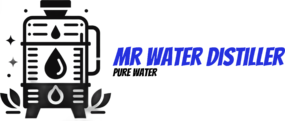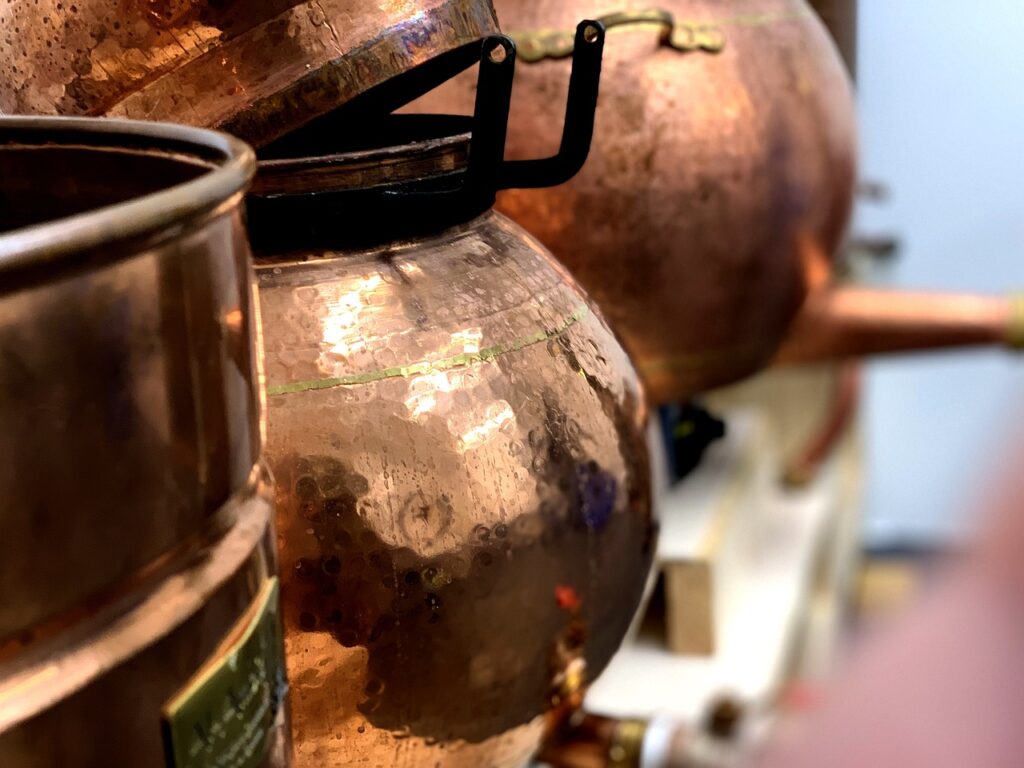Water distillation and reverse osmosis are two popular methods for purifying water. Both processes are used to remove impurities and contaminants from water, making it safe for consumption.
Water distillation involves boiling water to create steam, which is then condensed back into liquid form, leaving behind impurities.
Reverse osmosis, on the other hand, uses a semi-permeable membrane to remove impurities from water by applying pressure to force it through the membrane.
Both methods have their own set of advantages and disadvantages, and choosing the right one for your needs depends on various factors such as the quality of your water source, the level of purification required, and your budget.
How Water Distillation Works
Water distillation is a simple and effective method for purifying water. The process begins by heating the water to its boiling point, causing it to turn into steam.
The steam is then collected and condensed back into liquid form, leaving behind impurities such as bacteria, viruses, and minerals. The resulting distilled water is free from contaminants and safe for consumption.
One of the main advantages of water distillation is that it can remove a wide range of impurities, including heavy metals and chemicals. However, the process can be slow and energy-intensive, making it less practical for large-scale purification.
Water distillation is a natural process that mimics the hydrological cycle, where water evaporates from the surface of the earth, condenses in the atmosphere, and falls back to the ground as precipitation.
This natural purification process ensures that the water cycle remains sustainable and provides us with clean water for drinking and other uses.
Water distillation is a reliable method for purifying water, but it may not be suitable for all situations due to its limitations in terms of speed and energy consumption.
How Reverse Osmosis Works
Reverse osmosis is a water purification process that uses a semi-permeable membrane to remove impurities from water.
The process involves applying pressure to force water through the membrane, leaving behind contaminants such as bacteria, viruses, and dissolved solids.
Reverse osmosis is an effective method for purifying water and is commonly used in households, businesses, and industries.
One of the main advantages of reverse osmosis is its ability to remove a wide range of impurities, including heavy metals, chemicals, and microorganisms.
However, the process can be slow and may require regular maintenance to ensure optimal performance.
Reverse osmosis is a popular method for purifying water due to its ability to produce high-quality drinking water.
The process can remove up to 99% of impurities from water, making it safe for consumption.
Reverse osmosis systems are available in various sizes and capacities, making them suitable for different applications.
However, the process can be wasteful in terms of water usage, as it requires a significant amount of water to produce purified water.
Additionally, reverse osmosis systems can be expensive to install and maintain, making them less practical for some users.
Pros and Cons of Water Distillation
Water distillation has several advantages, including its ability to remove a wide range of impurities from water, making it safe for consumption.
The process is also simple and effective, requiring minimal maintenance and producing high-quality distilled water.
However, water distillation can be slow and energy-intensive, making it less practical for large-scale purification.
Additionally, the process may not remove certain volatile organic compounds (VOCs) and some contaminants that have a lower boiling point than water.
On the other hand, reverse osmosis has its own set of advantages and disadvantages. The process is effective at removing impurities from water, producing high-quality drinking water.
However, reverse osmosis systems can be wasteful in terms of water usage and may require regular maintenance to ensure optimal performance.
Additionally, the initial cost of installing a reverse osmosis system can be high, making it less accessible for some users.
Pros and Cons of Reverse Osmosis
Reverse osmosis has several advantages, including its ability to remove a wide range of impurities from water, making it safe for consumption.
The process is also effective at producing high-quality drinking water and is commonly used in households, businesses, and industries.
However, reverse osmosis systems can be wasteful in terms of water usage and may require regular maintenance to ensure optimal performance.
Additionally, the initial cost of installing a reverse osmosis system can be high, making it less accessible for some users.
On the other hand, water distillation has its own set of advantages and disadvantages. The process is simple and effective at removing impurities from water, producing high-quality distilled water.
However, water distillation can be slow and energy-intensive, making it less practical for large-scale purification.
Additionally, the process may not remove certain volatile organic compounds (VOCs) and some contaminants that have a lower boiling point than water.
Comparing Water Distillation and Reverse Osmosis
When comparing water distillation and reverse osmosis, it’s important to consider their respective advantages and disadvantages.
Water distillation is effective at removing a wide range of impurities from water, producing high-quality distilled water that is safe for consumption.
However, the process can be slow and energy-intensive, making it less practical for large-scale purification.
Additionally, water distillation may not remove certain volatile organic compounds (VOCs) and some contaminants that have a lower boiling point than water.
On the other hand, reverse osmosis is effective at removing impurities from water, producing high-quality drinking water that is safe for consumption.
The process is commonly used in households, businesses, and industries due to its ability to produce clean and safe drinking water.
However, reverse osmosis systems can be wasteful in terms of water usage and may require regular maintenance to ensure optimal performance.
Additionally, the initial cost of installing a reverse osmosis system can be high, making it less accessible for some users.
Which Water Purification System is Right for You?
Choosing the right water purification system depends on various factors such as the quality of your water source, the level of purification required, and your budget.
Water distillation is a simple and effective method for purifying water that can remove a wide range of impurities, making it safe for consumption.
However, the process can be slow and energy-intensive, making it less practical for large-scale purification.
On the other hand, reverse osmosis is an effective method for purifying water that produces high-quality drinking water that is safe for consumption.
The process is commonly used in households, businesses, and industries due to its ability to produce clean and safe drinking water.
However, reverse osmosis systems can be wasteful in terms of water usage and may require regular maintenance to ensure optimal performance.
Conclusion
In conclusion, both water distillation and reverse osmosis are effective methods for purifying water and producing high-quality drinking water that is safe for consumption.
When choosing between the two methods, it’s important to consider their respective advantages and disadvantages in order to determine which one is right for your needs.
Whether you opt for water distillation or reverse osmosis, both methods can provide you with clean and safe drinking water for you and your family.



